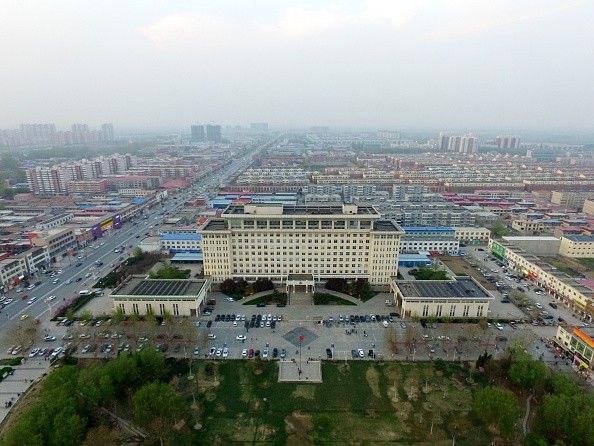To kickstart growth for the Beijing-Tianjin-Hebei integration, the Chinese government is set to establish a new special economic zone in Xiongan, where non-government facilities such as schools, markets, research institutions and hospitals will be relocated from Beijing.
Reuters reported that the new special economic zone, which will be located around 100 kilometers southwest of Beijing, will have the same significance as Shenzhen Special Economic Zone, which helped spur economic reform in 1980.
It will be built close to Shijiazhuang, Hebei's capital, and will accommodate Beijing's "non-capital functions," according to a circular by China's Cabinet.
The move to relocate non-capital functions and industries from Beijing is part of the city's efforts to curb pollution and address congestion, the report said. The move is also part of the broader plan to integrate development in the Beijing, Tianjin and Hebei region through an improved economic structure and public services.
Xiongan New Area is expected to compete with Shenzhen and Pudong, two special economic zones, which was established by former leaders Deng Xiaoping and Jiang Zemin. From a small fishing village, Shenzhen rose to a busy metropolis while Pudong, which was once a wetland, became the country's financial hub.
According to People's Daily, the Communist Party's newspaper, the decision to establish the Xiongan New Area is a major step in the country's efforts to address urban problems and spur new growth.
The new special economic zone would become the model for optimized development in highly-populated areas and the improvement in urban planning in the region, according to the Cabinet circular
The Xiongan New Area will eventually be expanded from 100 sq. km. to 2,000 sq km., the report said.
The plan to develop a new area where Beijing's non-capital functions will be relocated was first envisioned by President Xi Jinping.
Xi wanted to prioritize ecological protection for the area, where people can enjoy better living conditions well-being and practice Chinese culture and traditions.
The new area covers the counties of Xiongxian, Anxin and Rongcheng. It is also home to Baiyangdian, one of the largest freshwater wetlands in the north.
Government data showed that the three counties have a combined GDP of about 20 billion yuan ($4 billion) last year, less than 1 percent of Beijing's GDP.



























